Many companies have called on Cosworth over the years to tap into its expertise in motorsport and fast road cars.
That’s because it has a track record of delivering the goods – and boy did it do just that in the 1980s when Mercedes came knocking.
The result was one of the German marque’s most sought-after models: the 190E 2.3-16 and its successor, the 2.5-16. The rear-wheel-drive 190E 2.3 was originally intended to be a rally car but the arrival of the Audi Quattro, with its more technically advanced four-wheel drive, scuppered those plans.
So instead, the 190E 2.3 was redirected to the DTM German touring car series. DTM rules required there to be a road-going version and it wasn’t long before the 190E 2.3-16 Cosworth was revealed at the 1983 Frankfurt motor show.

The standard 190E used a 2.3-litre four-cylinder engine that made an underwhelming 134bhp. But by the time Cosworth had finished reworking it, it could rev to 7000rpm and produce an impressive 182bhp and 174lb ft of torque.
These reserves enabled the car to accelerate to 62mph in 7.5sec and go on to a top speed of 143mph. The power was sent to the rear axle via a five-speed manual gearbox that had a racing shift pattern, with first on a dog leg, left and down from neutral.
Cosworth’s magic dust wasn’t just sprinkled on the drivetrain. It also worked closely with Mercedes’ engineers on the suspension and handling components, the steering ratio was shortened and the steering wheel was made smaller. The handling and overall feel of the 190E 2.3 was fast and responsive.
It looked good too. The wider wheel arches, side skirts and a rear spoiler gave the 190E 2.3 a sleek but menacing demeanour.

In 1988, Mercedes unveiled a new version, the 2.5. It came with - you guessed it - a 2.5-litre engine, which made 201bhp and 181lb ft. This version of the Cosworth completed in various championships before it was eventually entered into the DTM, which meant a new road-going version was required.
And so the legendary 2.5-16 EVO I limited edition was born. Only 502 ever made it to public roads, all LHD.
As brilliant as they were, the 2.3-16 and 2.5-16 had drawbacks. They were notorious for high running costs and owners had to be vigilant about regular maintenance or pay the consequences.
And while the bodykit looked great, it was prone to cracking and fading over time, leading to costly repairs.

But such wiggly thoughts vaporise the moment you drive a 190E 2.3-16 or 2.5-16 as it was intended to be driven. These cars are respected classes for good reason. They deliver strong performance, precise handling and a sense of fit-for-purpose high-quality engineering mixed with luxurious features and a sleek yet purposeful appearance.
Yes, they have their quirks and it requires commitment to maintain them properly, but those willing to make the investment will find a throughly rewarding driving experience.
If you ever get the chance to drive or own one, don’t hesitate. You won’t be disappointed.
What we said then

4 January 1989: “The 2.5’s substantially shorter in-gear times reflect the power gain over the 2.3, setting it hot on the heels of rivals like the BMW M3 and Audi Quattro. Low-end torque is improved, but the smooth, free-revving engine still works best over 4000rpm. Brakes are powerful. It’s highly responsive but not nervous. The car has extraordinary chassis balance inherited from the 2.3. The limits of grip are high and progressive oversteer is easily countered. Body control is good and the ride never agitated.”
An owner’s view
“Owning a 190E 2.0 introduced me to the world of Cosworth. I stumbled upon a 2.5-16 online: full black leather interior, Blue Black paintwork, slightly lowered with 18in AMG wheels, Remus stainless steel exhaust and 140,000 miles on the clock. Despite its scruffy appearance, I didn’t hesitate to shake hands at the asking price. I have thoroughly enjoyed driving the car ever since.
“I have subsequently replaced the front struts, discs, calipers, pads, plugs, distributor cap, rotor arm and drive belt, as well as all the engine air hoses. These replacements have vastly improved the engine, which now runs strong and sweetly. I also replaced the ‘Over Voltage’ relay, which cured the annoying ASD light that was constantly showing.
“The gearbox was a significant problem, with shifts up or down to third gear being extremely difficult. The only solution was to spend £1200 on a rebuild, but it was worth it because the gearchange is now slick.”
Buyer beware

Engine: It’s important to thoroughly check the fuel pump for leaks. Additionally, the engine’s idle should be around 900-1000rpm, with a slight rattle known as ‘cam clutter’ being a common occurrence. However, excessive rattling on start-up could indicate a need for timing chain replacement. It’s also important to ensure that the engine runs smoothly all the way up to the redline, with no hesitations or issues. If the car is not idling correctly, vacuum leaks in the rubber hoses around the injection system could be a potential cause. These issues can be addressed through regular maintenance and careful monitoring of the engine’s performance.
Steering: There are no common problems reported with the steering, although some owners say they have experience of issues with the power steering pump.
Brakes: Brake fluid leaks are common, often manifesting as a spongy brake pedal.
Suspension: The 190E is known for its sturdy chassis, but beware of corrosion. Keep an eye out for frame damage from accidents, too. The shock absorbers can leak, often resulting in a rather bumpy ride. Also check the ball joints, which often wear out and fail, causing the front suspension to collapse.

Interior: The screen on the lap timer can bleed and the door cards tend to lift away at the top. Check the visor area and the vinyl roof panel for dampness or discolouration. The draining system on these cars makes it easy for water to leak down the back of the A-pillar.
Also worth knowing
Mercedes initially planned to produce only 5000 190E 2.3-16s, but the final number was 19,487. This makes the 2.5 far more exclusive, with 5743 built in total. However, it’s actually the 2.3 that is rarer in RHD form, with just 600 leaving the factory. The 2.3 and the 2.5 came with the option of luxuries such as air-con, heated seats, a radio (not a given in the 1980s) and electrically operated seats. Generally, the 2.5s were better specced than the 2.3s, with the last of the 2.5s being sold for just under the £40,000 mark when new.
How much to spend

£10,000-£14,999: Mainly projects at the bottom end here, with restoration to be done. Early 2.3s in fair to good condition.
£15,000-£24,999: Vast majority of 2.3s and 2.5s here, most part- or fully restored with a good service history and all bills and receipts for work done.
£25,000-£35,000: Immaculate and fully restored 2.3s and 2.5s. Spend even more than this on Evo cars, if you can find one.
One we found

Mercedes-Benz 190E 2.5-16 Cosworth, 1989, 94,000 miles, £29,950: Previously featured in Classic & Sports Car, this car has covered just 94k miles and has had only four previous owners. Mechanically, it wants for nothing and it comes with an impressive service record.
By Rahil Hashmi

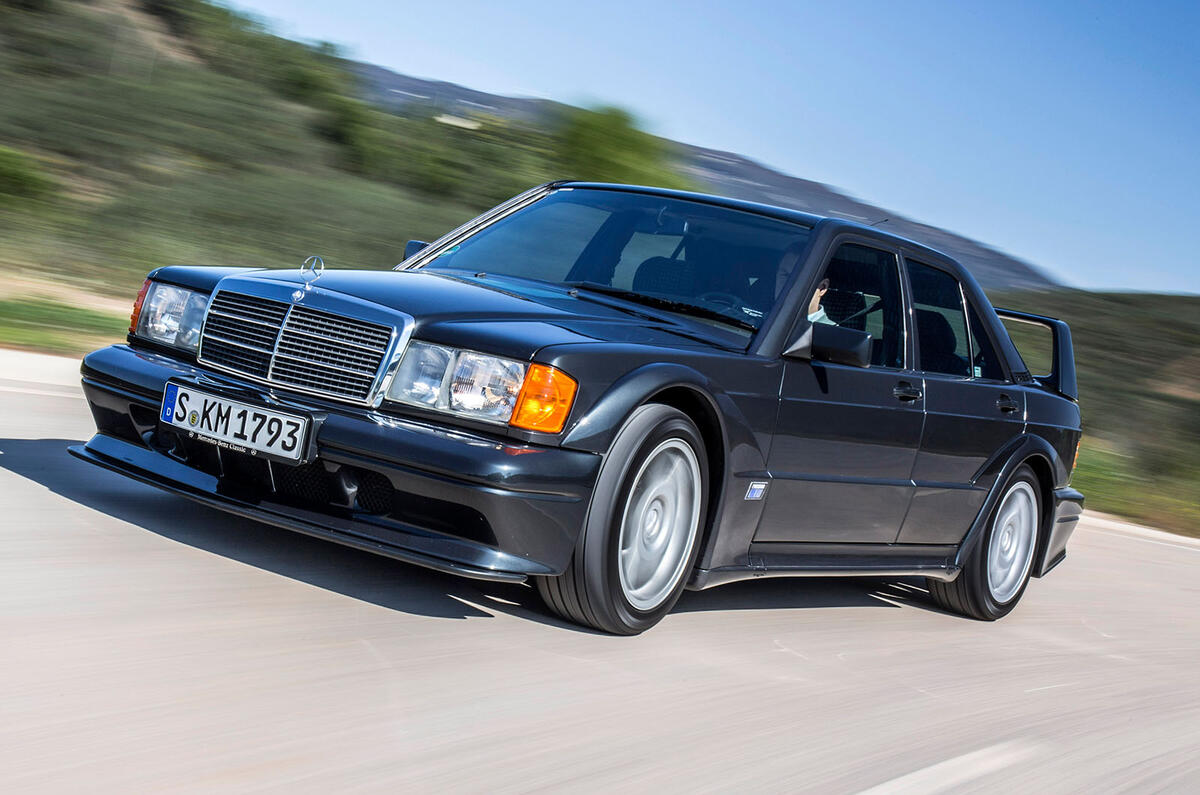
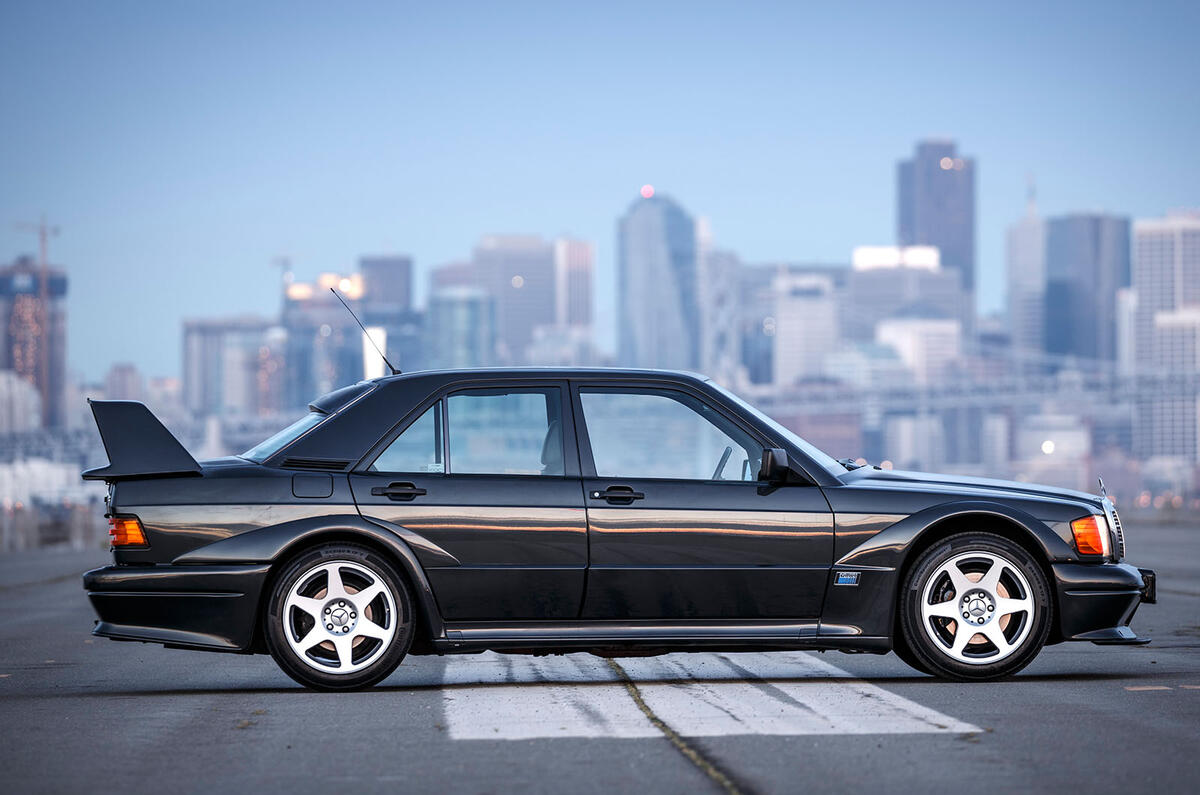
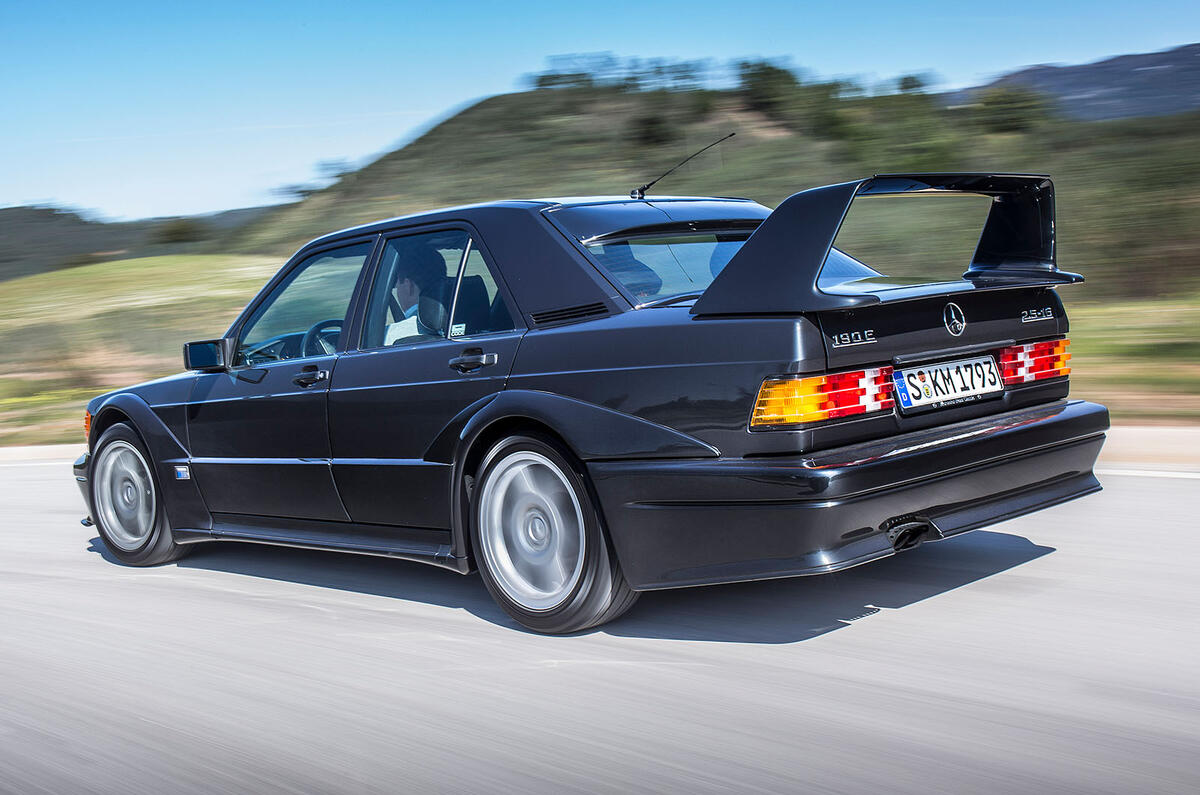
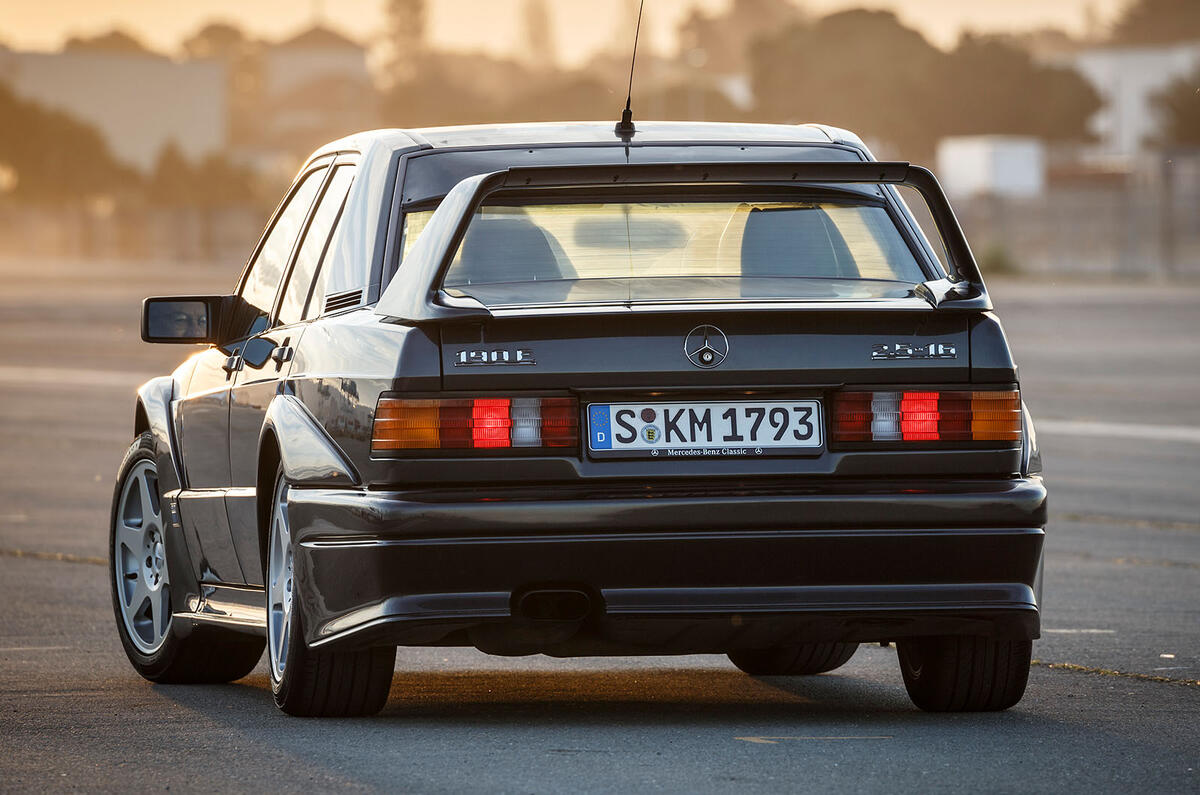
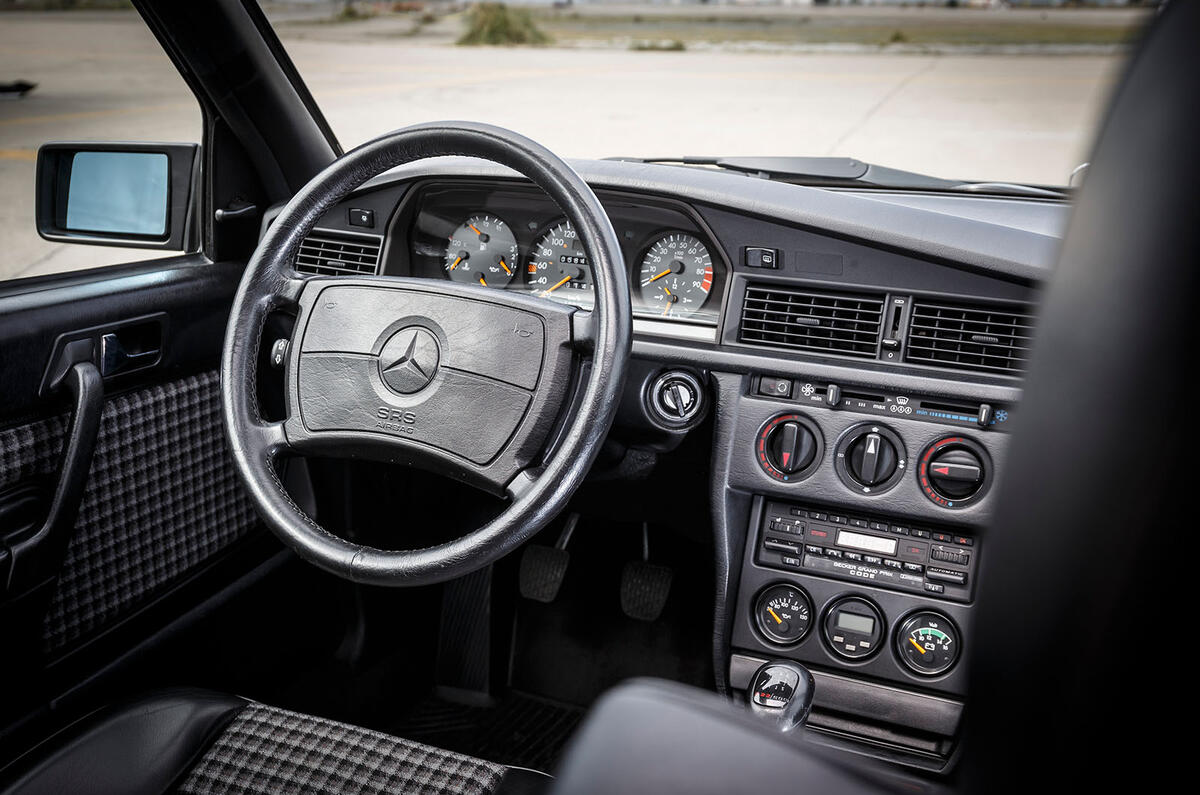
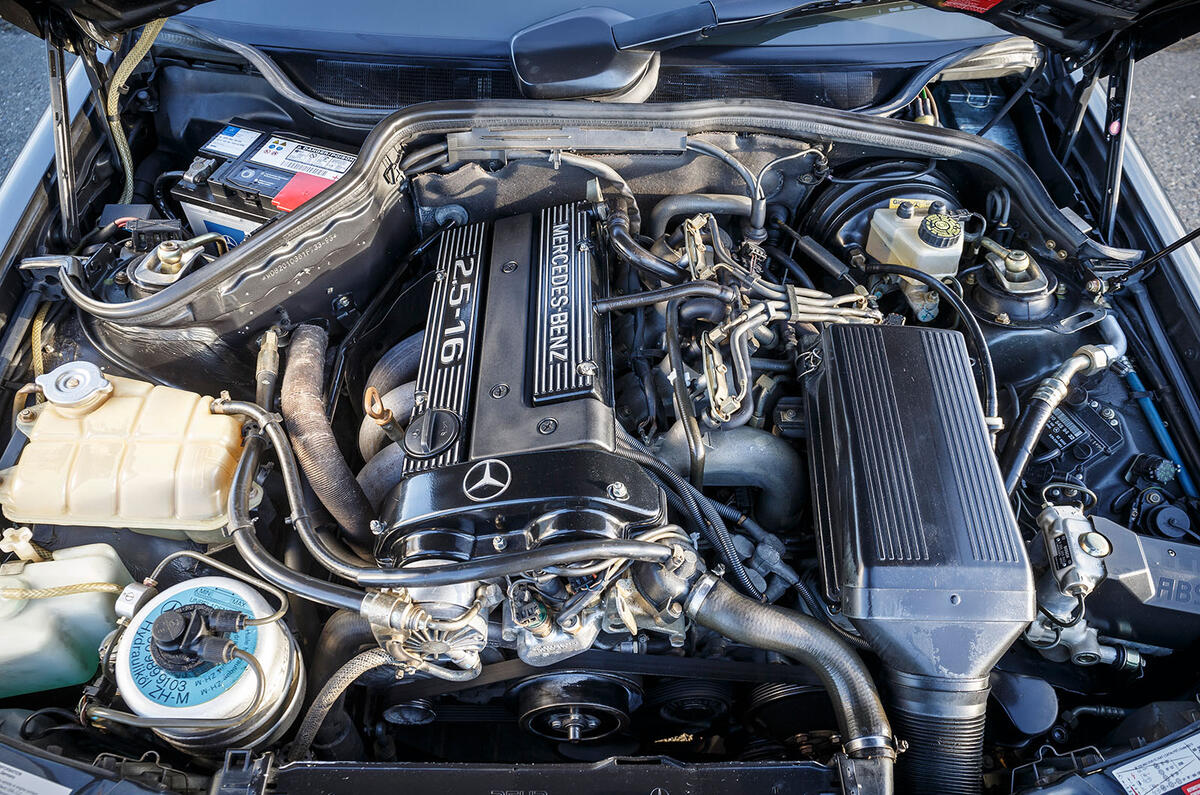
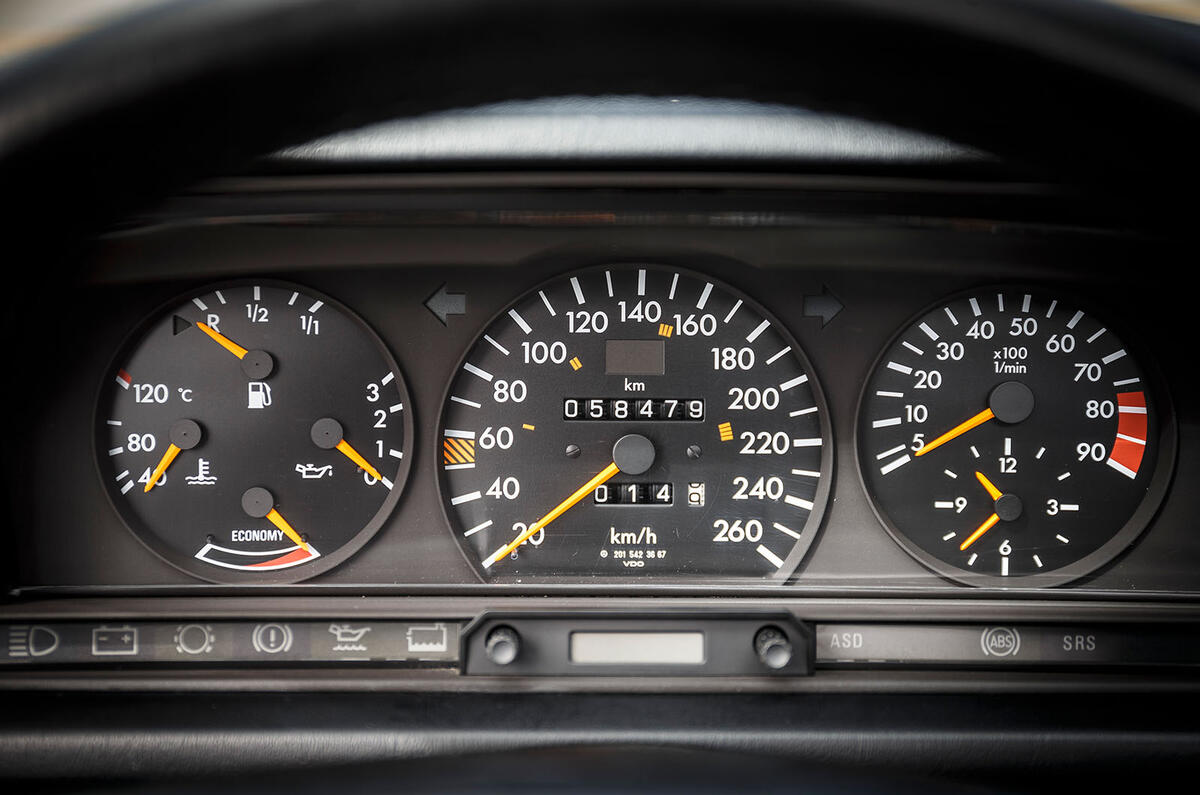
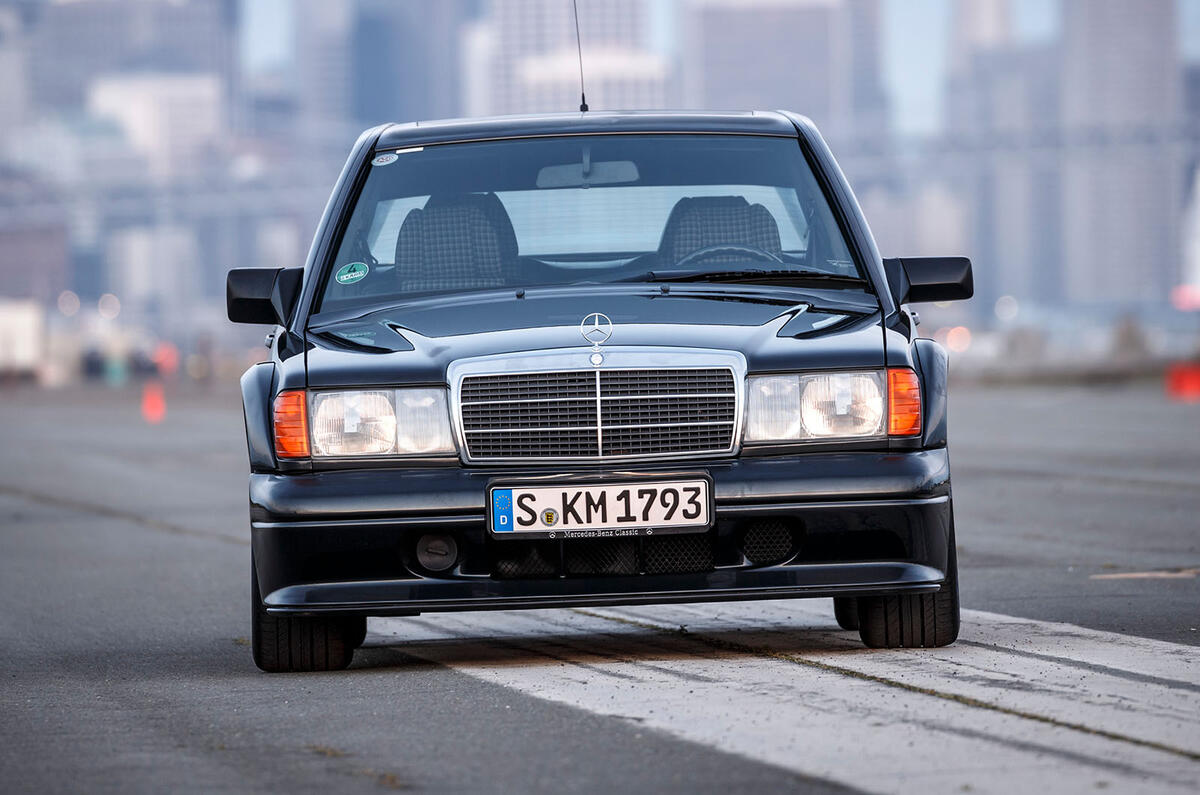
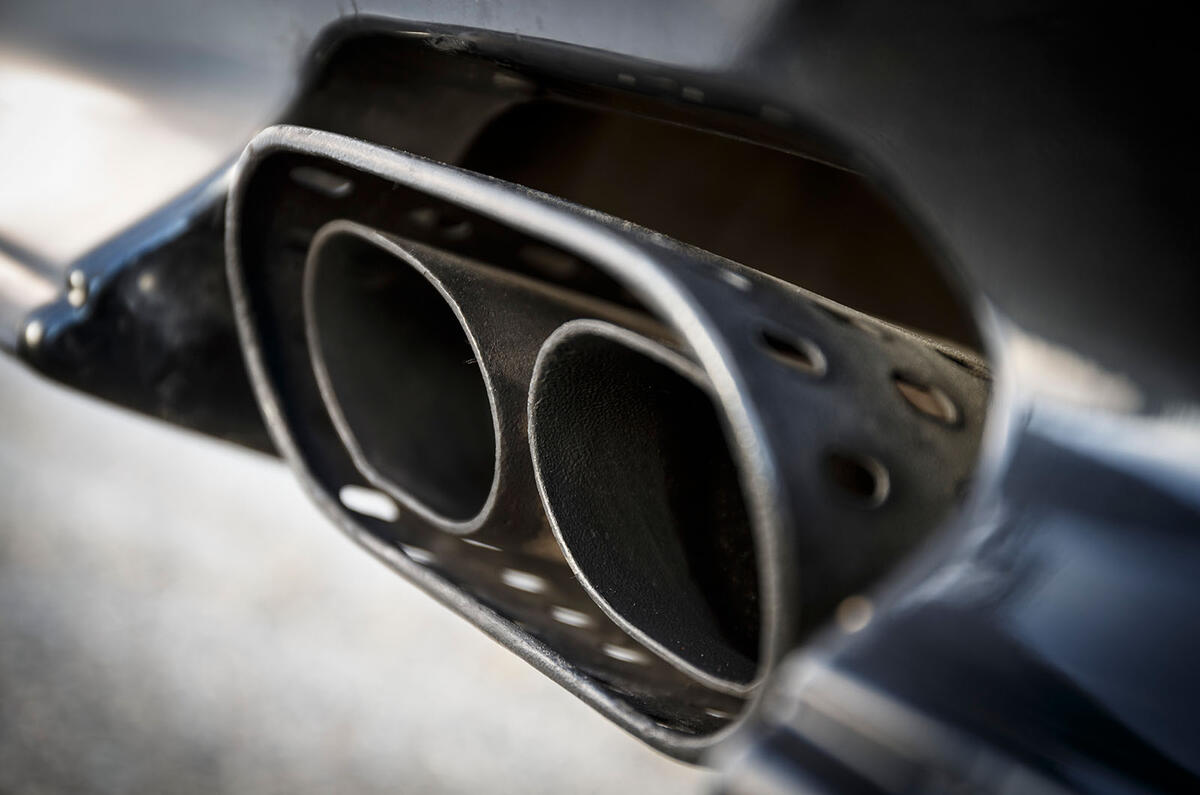
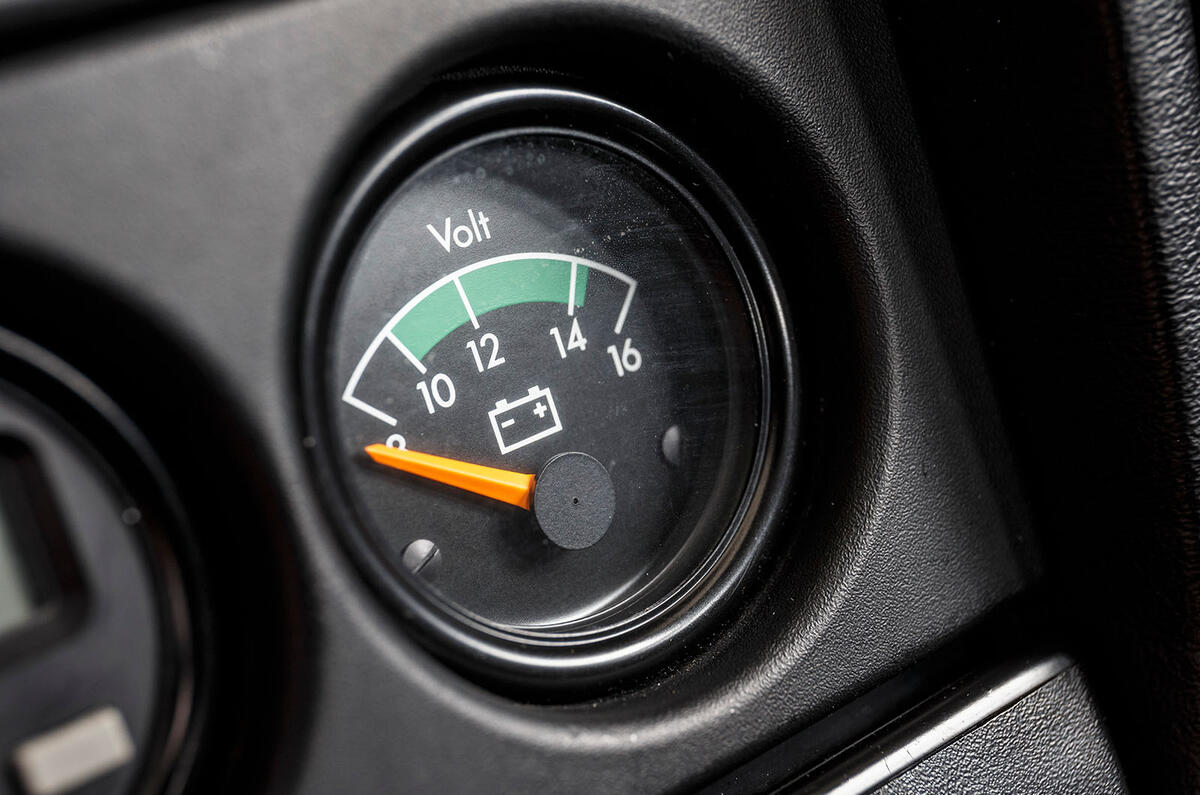
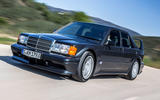
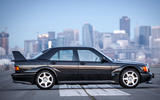
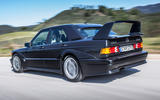
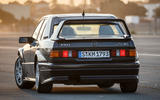
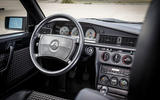
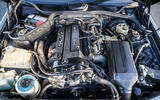
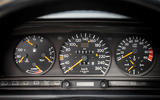

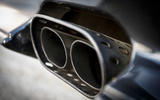
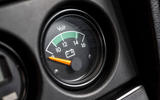


Join the debate
Add your comment
Interesting article, I never realised that BMW and Merc had 2.3 engines that started from opposite sides of the spectrum, the Merc boosted a stock engine with the assistance of Cosworth from the sound of it, and the BMW arrived at 2.3L because it was a mathematical cut down of their 3.5L 6 cylinder from the racing series that got cancelled and left BMW with a full race spec engine with no practical uses.